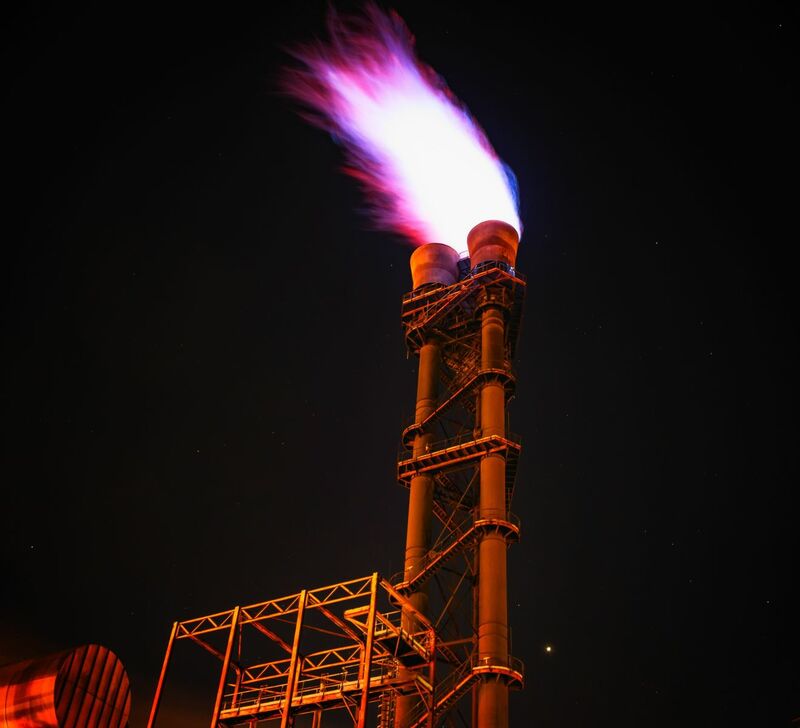
July Nymex natural gas (NGN24) on Tuesday closed down by -0.055 (-1.96%).
July nat-gas prices Tuesday gave up an early advance and fell moderately after US weather forecasts turned cooler, which will reduce nat-gas demand from electricity providers to power air-conditioning. Maxar Technologies said Tuesday that a cold front will move through the eastern part of the US from June 30 to July 4 before hotter weather returns at the end of the period.
The outlook for hot summer temperatures in the US is a bullish factor for nat-gas prices. The National Weather Service (NWS) said on June 11 that "the vast majority of the lower 48 US states could see above-average temperatures for the next three months, and for a good portion of states, a hotter-than-normal summer is the most likely scenario."
Lower-48 state dry gas production Tuesday was 99.5 bcf/day (+0.2% y/y), according to BNEF. Lower-48 state gas demand Tuesday was 76.5 bcf/day (+12.1% y/y), according to BNEF. LNG net flows to US LNG export terminals Tuesday were 12 bcf/day (-7.4% w/w), according to BNEF.
An increase in US electricity output is positive for nat-gas demand from utility providers. The Edison Electric Institute reported last Thursday that total US electricity output in the week ended June 15 rose +6.53% y/y to 84,658 GWh (gigawatt hours), and US electricity output in the 52-week period ending June 15 rose +1.44% y/y to 4,127,116 GWh.
Last Friday's weekly EIA report was bearish for nat-gas prices since nat-gas inventories for the week ended June 14 rose by +71 bcf, above expectations of +69 bcf but below the 5-year average build for this time of year of +83 bcf. As of June 14, nat-gas inventories were up +11.6% y/y and were +22.6% above their 5-year seasonal average, signaling ample nat-gas supplies. In Europe, gas storage was 75% full as of June 23, above the 5-year seasonal average of 65% full for this time of year.
Baker Hughes reported last Friday that the number of active US nat-gas drilling rigs in the week ending June 21 was unchanged at a 2-3/4 year low of 98 rigs. Active rigs have fallen since climbing to a 4-3/4 year high of 166 rigs in Sep 2022 from the pandemic-era record low of 68 rigs posted in July 2020 (data since 1987).
On the date of publication, Rich Asplund did not have (either directly or indirectly) positions in any of the securities mentioned in this article. All information and data in this article is solely for informational purposes. For more information please view the Barchart Disclosure Policy here.






